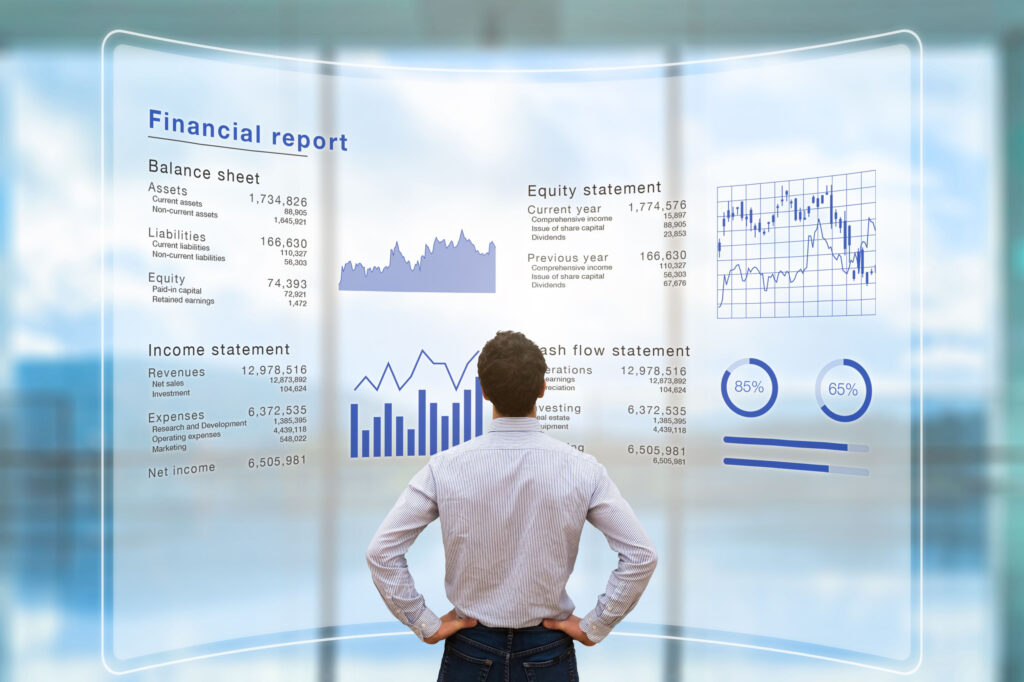How Data Analytics Can Help Restore Your Business in the New Normal

Pre-pandemic, data was touted to be the new oil and the new form of wealth. Post-pandemic or as we enter the new normal, it is being seen as the driver that can bring about recovery, especially to the companies who had been hard hit by the effects of COVID-19.
The importance of data became even more tangible as the ability to shift to digital created the dividing line between those who would survive and succeed during this difficult era, and those who would fall by the wayside. All of a sudden, leaders and managers who had shunted data as a mere option now saw it as a mixture of a crystal ball that could forecast their fortunes and a genius of an AI that could show them the golden path to success.
Assessing status
As reported by Google Cloud, the majority of 2000 IT global leaders who had participated in a survey named the ability to analyze data as the differentiator between the winners and the losers during and after COVID-19. Another 32% admitted that they were speeding up their data analytics initiatives and adoption precisely to remain competitive and stand out from the competition.
The role of data analytics in business recovery and even optimization is no longer in question, but accepted and embraced. Here are three ways how it does it:
Analyzing the impact of COVID-19 on your business and its supply chain. Before a patient is given a program for full recovery, the doctors first have to give them a full diagnosis of their medical condition, the status of their physiological systems, which aspects of their health are vulnerable, and which remain strong and resilient. The same is true in applying data analytics to your current business situation. The information captured, broken down, and analyzed can show which parts of your value chain had been hurt by public behavior during the lockdowns, which of your products and services are losing consumers, and which of your revenue projections are failing.
Multiple scenarios, various crises
At the same time, data analytics can also show you points which can help your business rebound. For example, did some of your products and services became favored more than others as your buying market turned into remote work? One obvious example is the shift of restaurants into food delivery services. People who feared dining out in restaurants for fear of contracting COVID-19 started having meals delivered to their homes several times a day, showing where one path to recovery can lay.
Creating multiple recovery scenarios: The beauty and ingenuity of data analytics and AI is that it usually does not show just one way to recovery, but several. Data analytics can cull from your market studies, sales evaluations, and customer response feedback the different target publics that you can reach for in order to bounce back. It can accurately forecast the demand, potential and increasing, of said target publics for the products you are offering. It can plot out projected revenues by balancing its assessment of your resources and capabilities with the growth of market needs. At the end, data analytics might show you not just one revenue stream, but many.
Forecasting and preparing for future crises: Nobody expected at the explosion of COVID-19 and its repercussions. Surprisingly, the one lesson that organizations, public and private alike, learned from this unprecedented global crisis was: be prepared and do not rest on your laurels. More important, be aware of threats to your business and plan to counter them while protecting yourself. Complacency can be a killer.
Data analytics is an efficient tool to wield for this. It can spot trends both from industry and market behavior, and the company’s own performance in recent and current times. It can come up with various threat scenarios based on historicals and real-time events, and then help the leaders devise strategies on how to neutralize these threats. While resistance may not be 100 percent effective, it can at least still act as a shield that can limit the business and economic fallout when the attack does hit.
Recovery is becoming the battle-cry for businesses as the world is learning to cope with COVID-19 and its many effects. Data analytics can help them rebuild their fortresses, strengthen their troops, and create watchtowers that can fortify them for future battles that are still to come.